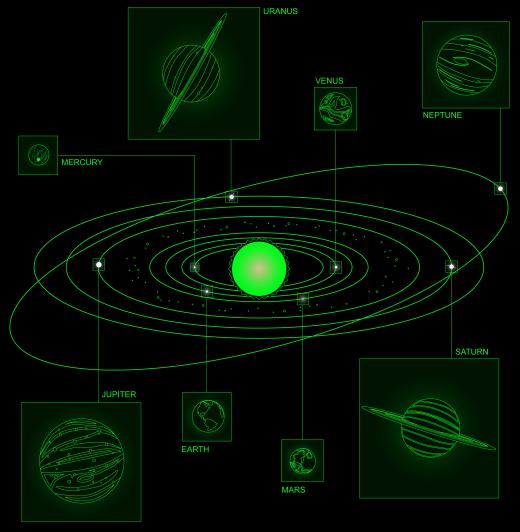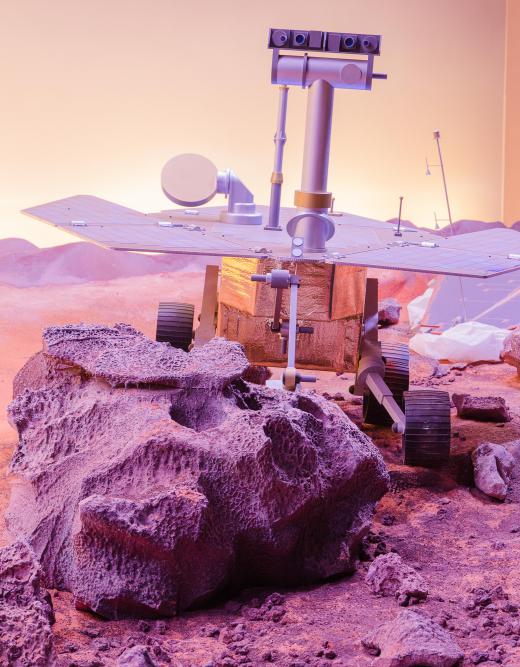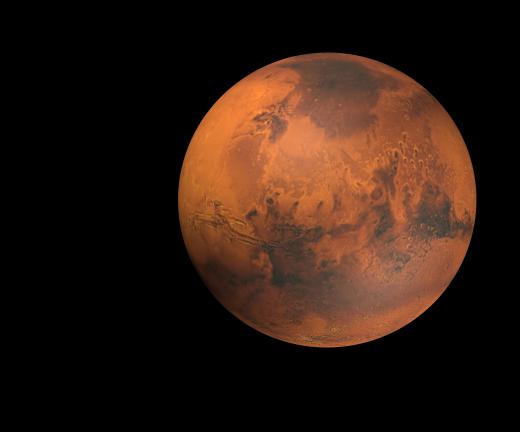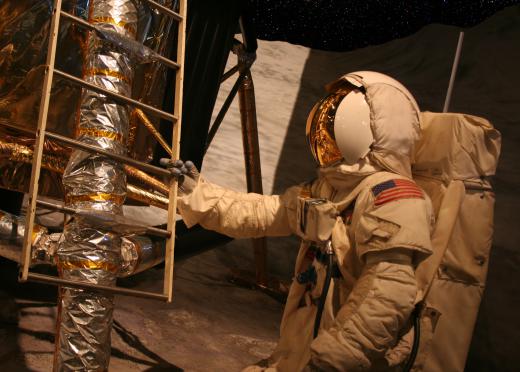When will Humans Travel to Mars?
 Michael Anissimov
Michael Anissimov
Scientists have been analyzing the possibility of a traveling to Mars in a serious manner since at least 1952, when Wernher von Braun published his influential book Das Marsprojekt. Since then, there have been several very successful orbiter and rover missions, allowing Mars reconnaissance and a much better understanding of the conditions there, paving the way for a potential manned mission.
At the same time, the success of the probe missions has led some scientists to question the wisdom of a dangerous and expensive manned mission. In any case, there are currently no solid plans for a manned Mars mission in the foreseeable future, although the USA’s Vision for Space Exploration mentions the possibility of travel to Mars after 2020. In this article we look at a few of the issues that would have to be dealt with before traveling to Mars is feasible.

Mars’ distance from the Earth varies from 36 million miles to over 250 million miles, the largest distance variation the Earth has with any planet. The average distance is about 140 million miles, 1.5 times longer than the distance between the Earth and Sun. Approximately every two years, the Earth comes relatively close to Mars, about 50 million miles. By comparison, the distance from the Earth to the Moon is only about 236,000 miles (380,000 km), over 200 times shorter. If the trip from the Earth to the Moon takes about three days, then a spacecraft of similar speed traveling to Mars would require at least 600 days (1.6 years). This transit time is about typical for space probes launched to Mars so far.

Spending over three years with a small crew – likely consisting of only three or four individuals, in a cramped spacecraft – may push the limits of human psychological tolerance. This exceeds the isolation experienced by nuclear sub crews, who may spend months underwater in cramped quarters, but not years. To make this situation more tolerable, the astronauts would need to be supplied with some form of entertainment to make the trip without killing one another. Internet access is one possibility (although there would be significant lag due to long distances), and virtual reality programs are another. To travel to Mars realistically, this challenge must be overcome.

Another major concern for travel to Mars is the level of exposure to cosmic rays for such a long mission. However, few adverse health effects from year-or-longer stays on space stations in low Earth orbit indicates this may not be as great of a problem as initially thought.
Because the trip is so long, any manned Mars mission would require a substantial amount of on-board food and water, and an efficient means of recycling water after it goes through the body. Otherwise, the payload of the craft would be prohibitively large. A Mars craft would not only need to haul along its passengers, their equipment, food, oxygen, and water, but the fuel necessary to launch from Mars and accelerate back towards Earth on the return trip. This leads to unprecedented weight requirements, significantly beyond anything yet attempted in space missions.

If all the technical challenges can be overcome, humans will eventually visit Mars. Using nuclear-powered spacecraft would be one approach to the challenge of propulsion and minimizing payload weight. However, it could be a while before astronauts travel to Mars – one hint suggested a date of 2037.
AS FEATURED ON:
AS FEATURED ON:

















Discussion Comments
thanks for this article as it helped me with my English speech
i think there should be a rest stop on the moon where the parts of the space ship could be made that way they would limit the fuel to get of the earth and the ship could be made bigger and less confined this would make a more enjoyable trip for the crew
I think that a mission to mars is going to happen but it will take years of training and perfect timing. Several stops must be made. By then we should have a port or some rest stop on the moon to supply the shuttle with food and water and then there will be small gaps where probes carrying refreshments should be.
@ Chicada- Your assumptions could be a reality and this is something that must be considered before a manned mission to the planet. There is no evidence of life on mars, nor is there evidence the planet does not harbor life. Not enough is known about the planet to offer conclusive evidence.
Here is an example that I got directly from the NASA.gov website. Meteorite ALH84001 that was found in Antarctica is a mars meteorite that might contain fossilized microscopic bacteria. Analysis of the rock suggests that some 3.6 billion years ago or so, there was microbial life on Mars. As to whether or not there is today, not enough of the planet has been explored. For now, only time will tell.
Is there any type of risk of unknown contaminants on mars surface? I don't know if there are any potential hazards to biological life on the planet, maybe microscopic particles that we have not encountered or discovered on our planet. Is this a possibility, or is it only a thing of science fiction movies?
My personal belief is that it will take more privately funded manned missions to space before a manned mission to mars is even considered. Governments have already done the hard part of innovating space travel technology, but taxpayers only have so much patience or appetite for such large expenditures. There is no cold war that can be used to unite a nation under great achievements like this anymore.
It will likely take a collaborative effort between governments, private industry, and wealthy individuals to organize a mission to mars. There will need to be some sort of financial benefit to planning such a mission. I would love to see a human mission to the red planet, but these are just my personal thoughts on the matter. In the next 50 years or so, I only see unmanned missions that look for things valuable to our planet
Post your comments